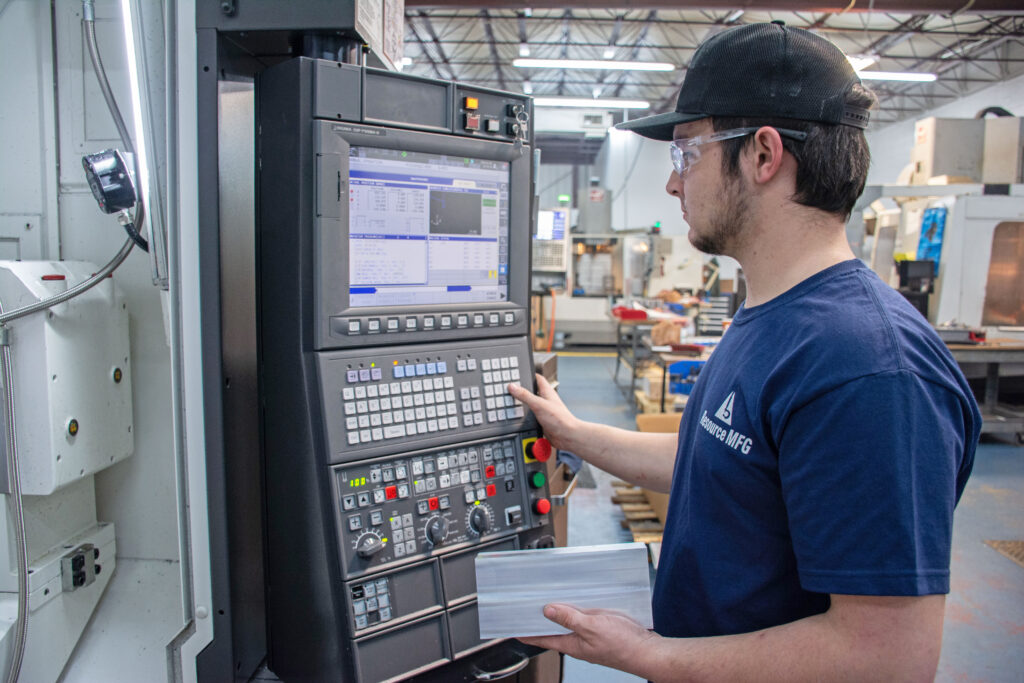What Are the Two Levels of Quality Control?
Two levels of quality control
In manufacturing, maintaining high-quality standards isn’t just a nicety — it’s a necessity. Quality control is crucial for both financial performance and making sure customers are satisfied with the products they receive.
Within these management procedures, two levels of quality control must be run for successful results. We’ll cover both of them in this article.
What is quality control and why is it important?
Quality control, or QC, in manufacturing involves procedures and tasks that are aimed at overseeing and maintaining excellence in products or services to meet established standards. It mainly involves identifying and correcting defects that occur during production. This differs from the quality assurance process, which focuses on ensuring that processes are in place to prevent defects in the first place.
Exploring the two levels of quality control in manufacturing
To confirm that products satisfy predetermined standards and are free from deficiencies, two levels of quality control must be run: one at the production stage and one at the inspection stage. This is a best practice to ensure customer satisfaction and maintain operational efficiency.
1. Quality control at the production stage
The primary purpose of quality control during production is to identify and address any deviations or defects in the manufacturing process. Quality inspectors, production managers, and quality assurance system personnel often work together, focusing on product specifications, process efficiency, and waste reduction. Some of the techniques used to ensure product quality in this phase include:
- Statistical quality control
- Visual inspections
- Automated testing systems
- Sampling and testing
- Process monitoring
- Error-proofing techniques
- Root cause analysis
2. Quality control at the inspection stage
Inspection is the final step in confirming products meet established quality control standards before they reach your customers. This step involves conducting thorough inspections or tests on finished products to verify quality and compliance, which is typically done through techniques such as:
- Visual inspection
- Dimensional measurement
- Functional testing
- Sampling inspection
- Packaging inspection
- Documentation review
- Compliance verification
At this stage, quality control testing personnel prioritize product appearance, functionality, and safety to uphold quality standards and enhance customer satisfaction.
The value of proper quality management systems
According to the American Society for Quality, a well-performing company usually spends about 10% to 15% of its operations dealing with issues involving poor quality of its products. Considering this directly impacts profit, quality improvement programs are extremely important. Rectifying problems early in production helps manufacturers:
- Build brand trust and confidence, which can drive customer satisfaction and loyalty.
- Reduce costs by minimizing rework, waste, and potential liabilities associated with defective products.
- Enhance competitiveness in the market by positioning the company as a reliable provider of superior goods or services.
Find quality control jobs through Employbridge
Quality control at both the production and inspection stages is essential for meeting and maintaining product standards. And if you’re interested in quality control positions, Employbridge can help.
Explore our job opportunities, or contact us to learn how we can support you.
